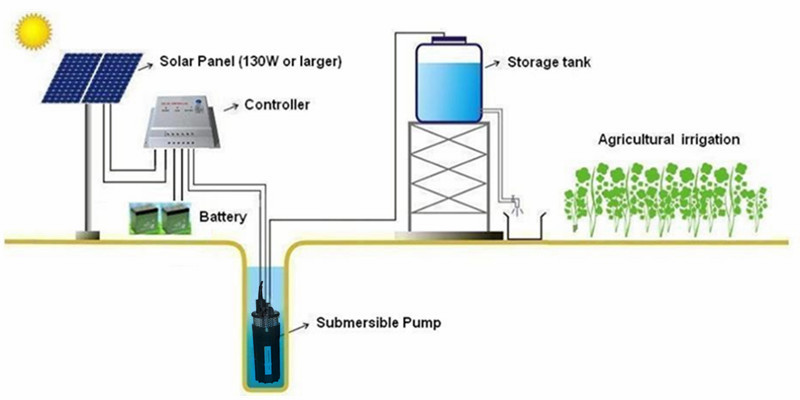How Altitude Has an effect on a Normal water pump?
Have you seriously considered how altitude might impact a water pump? Lots of people don’t, however it is an essential issue to be aware of, as it could positively or negatively affect the overall performance of your own diaphragm water pump. Altitude may affect the overall performance of your diaphragm water pump a lot more than you could possibly realize. Whether it is improving the gasoline required to run a pump at an increased altitude, reducing or perhaps improving the pump's performance, or leading to other conditions from the diaphragm water pump, there is a lot more to working a pump in a higher or lower altitude than you could have initially imagined.
Let us speak about how the higher altitude affects a washdown pump. The greater the altitude is a particular place, the reduced the strain will probably be. This takes place because as you go higher, the o2 thins out and will become significantly less packed. Fresh air is really a fuel, meaning that because the altitude increases, the o2 decreases in denseness. Essentially, this means that there is certainly significantly less air flow the higher you choose to go. The opposite holds true when you decline in altitude. The farther down you choose to go, the denser o2 will become, and the a lot more air flow there is certainly. Simply because this is applicable to moving water, this thinning or increasing from the denseness of air flow affects the strain from the pump. The greater the altitude, the thinner the environment as you already know. But the air flow acquiring thinner means there is significantly less tension the higher you choose to go, and the lower you choose to go, the greater the strain increases. The pressure decrease may be the biggest part that affects a washdown water pump, in fact it is known as atmospheric tension.
The lower the atmospheric pressure, the harder it will be for the pump to do its job, which is to pump water or other liquids from one location to another. The decrease in pressure, due to higher altitude, means that the pump will have to work much harder. This also means that the water pump will lose how far it can pump the water or other liquid (total dynamic head loss). Furthermore, the lack of pressure means less suction power (suction lift) and pumping power the higher you go. This is obviously not a good thing, as a pump's purpose is to move liquid, and if it can’t do that as well as it is supposed to, significant losses will be experienced, and the manufacturer's attainable specifications and attainability will not be able to be met. Simply put, if the pump manufacturer states that there is maximum total dynamic head of 200’ and maximum of 500 GPM (gallons per minute) at 4,000 feet above sea level, you can expect that those numbers will be significantly lower.
Specific gravity suggests that water can be pumped from less than or equal to 26 feet down when operating at sea level, which is to say that when you’re at sea level with a catflo water pump, you can only expect your pump to have a maximum suction lift of 26 feet or less. This number increases as you go lower than sea level, because there is more atmospheric pressure. The higher you go, however, the less suction lift you can expect from the pump. The general rule of thumb is that for every 1,000 feet above sea level, subtract 2 feet from the 26-foot number of suction lift. One way to improve this issue is to place the water pump as close to the liquid source as possible, so it has less distance to travel when trying to draw water from the source to the pump.
The suction lift in a pump is on the suction side of the high pressure camping water pump, meaning the part of the pump that sucks up water and other liquids using pressure. The higher you go, the less effective it is. Here is a chart showing the effects of increased elevation on suction lift.
